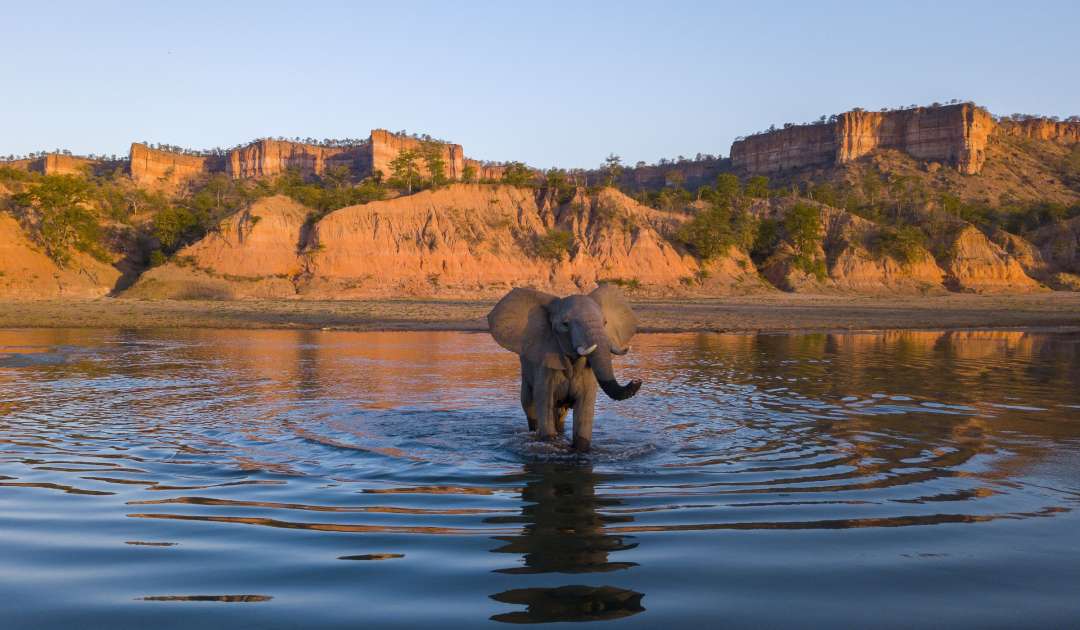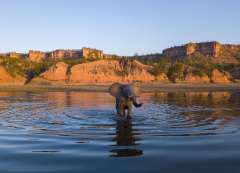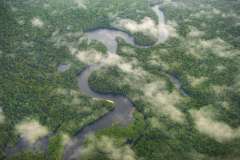The Agony of Choice: In Which Nature Reserves Should We Invest in the Future?
New online tool offers transparent choices for decision-makers to reach the 30x30 target
The establishment and preservation of protected areas is a key measure for achieving the goals set during the World Conference on Nature in December 2022. However, such protected areas often need to fulfill multiple objectives, such as climate protection or biodiversity conservation – which frequently leads to conflicts between different interest groups. In their study, recently published in the journal “One Earth,” Senckenberg researchers advocate for a flexible and transparent selection of protected areas as potential recipients of scarce conservation funding. A new online tool they developed enables the weighting of different conservation goals as well as the real-time comparison of results on a global scale.
Currently, strictly protected nature reserves make up only about six percent of Germany’s land area. Worldwide, around 17 percent of the land area and eight percent of coastal and marine areas are protected. According to the resolutions of the UN Biodiversity Conference in Montreal, at least 30 percent of terrestrial and marine areas should become nature reserves by 2030. “These areas are expected to meet a wide range of objectives, from protecting biodiversity to providing ecosystem services and mitigating climate change. But which areas should be funded in a particularly sustainable way because they are especially beneficial to biodiversity goals?” asks the study’s first author, Dr. Alke Voskamp of the Senckenberg Biodiversity and Climate Research Center Frankfurt (SBiK-F), explaining the dilemma of the decision-making process, and she continues, “Since available land and funds for conservation are limited, optimizing the selection of the most beneficial protected areas is crucial.”
Together with other Senckenberg researchers and international colleagues – including the recipients of the German Environmental Award, Prof. Dr. Katrin Böhning-Gaese (SBiK-F) and Dr. Christof Schenck (Frankfurt Zoological Society, ZGF) – Voskamp has now developed a decision support tool. “We present a flexible and transparent approach to selecting protected areas based on multiple objectives. This makes it possible to highlight synergies and conflicting objectives in connection with the selection of protected areas, thus aiding in making transparent decisions,” says second author Prof. Dr. Susanne Fritz of the SBiK-F and Goethe University Frankfurt.
It is not an easy task to select a suitable area slated for permanent protection in the future. Nature reserves focusing on particularly species-rich regions would have to be located in the Andes, the East African rift zone, or on the southern slopes of the Himalayas, for example. Rare and endemic animals and plants, on the other hand, are more likely to be found in island ecosystems such as present on Madagascar. “And when it comes to expansive, virtually untouched habitats, protected areas would have to be established in the far north in Russia or Canada,” adds Böhning-Gaese of the SBiK-F.
The current version of the decision support tool contains 1347 potential nature reserves based on the criteria of the “Legacy Landscapes Fund” (LLF), which was also involved in the study. The LLF is an international foundation that aims to permanently fund the protection of at least 30 areas of exceptional biodiversity by 2030. Users can combine and weight six conservation goals – biodiversity, ecological integrity, climate stability, land use, climate change mitigation, and site size – with the help of a slide controller.
“For example, if the weightings for ‘biodiversity’ and ‘ecological integrity’ are equal, our tool for the South American continent shows a list of protected areas in a specific ranking. If you exchange ecological integrity for climate protection, the list and ranking will turn out differently,” explains co-author Schenck, director of the ZGF, and he continues, “Above all, our work shows that a diversified approach to conservation is needed on a global scale, since no area on Earth can meet all conservation goals.”
“We hope that our new tool will help decision-makers to select the best areas for biodiversity conservation, according to the criteria that are most important to the respective decision-makers, based on the best scientific data. The 30×30 target, with the right selection and configuration of protected areas, will greatly advance biodiversity conservation while making a major contribution to climate protection,” says Voskamp in conclusion.


